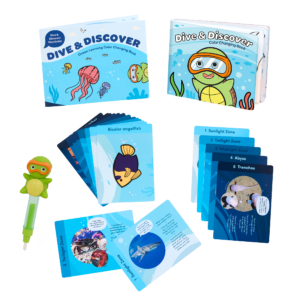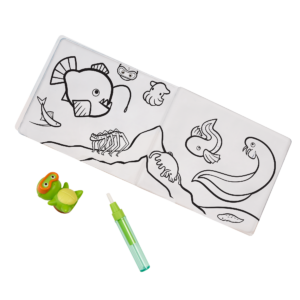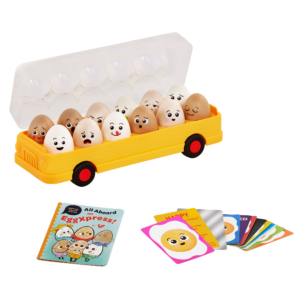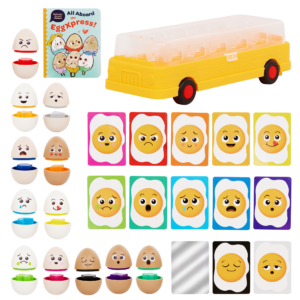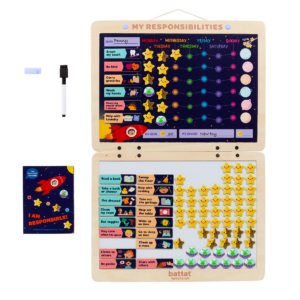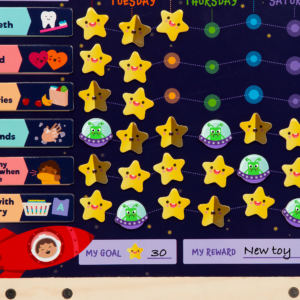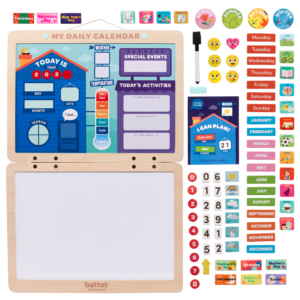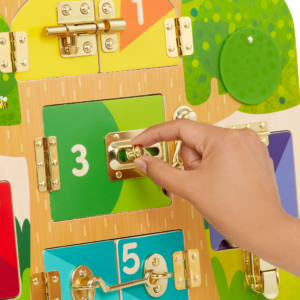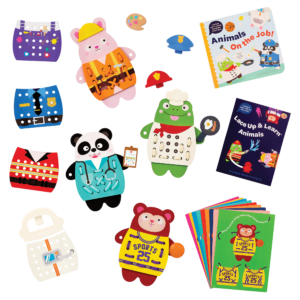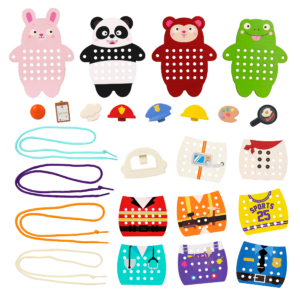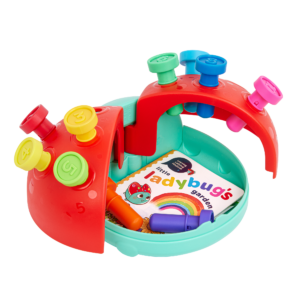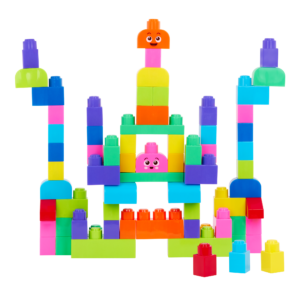Skills Guide
What’s the buzz around STEM—and what does it mean? An acronym for science, technology, engineering, and mathematics, the term STEM is used to refer to one of these disciplines or the way they interact with one another [1,2]. All four areas of study are rooted in the same skill sets: gathering information and evidence, evaluating information, making decisions, and solving problems [9]. But how does this relate to kids, you ask?
Building STEM skills can help kiddos bloom in their personal, academic, and professional lives!





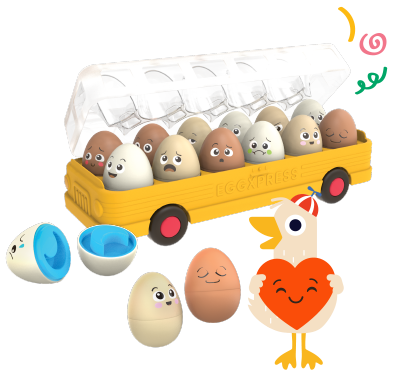
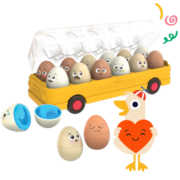
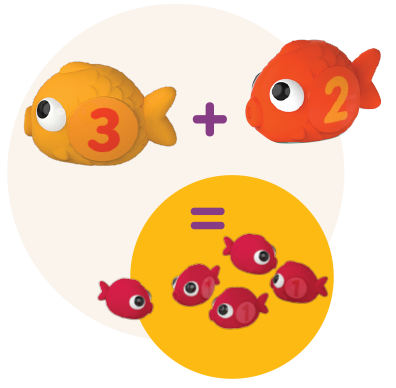
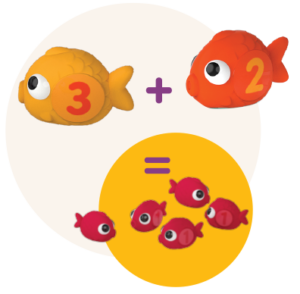
Our Collection of STEM Toys
ABC Railway
Alphabet Learning Train SetAlphabet Fishing
Magnetic Alphabet Fishing GameBright Explorer
Educational Light Box PlaysetDive & Discover
Ocean Learning Color Changing Book SetKnock-Knock Who’s Inside?
Lock & Latch BoardLace-Up & Learn Animals
Fine Motor Wooden Lacing ToyLearning Ladybug
Ladybug Counting ToyLocbloc Counting Blocks
Educational Building Block Set References:
[1] Lange, A. A., Robertson, L., Price, J., & Craven, A. (2021). Teaching early and elementary STEM.
[2] Tippett, C. D., & Milford, T. M. (2017). Findings from a pre-kindergarten classroom: Making the case for STEM in early childhood education. International Journal of Science and Mathematics Education, 15, 67-86.
[3] Worth, K. (2010). Science in early childhood classrooms: Content and process.
[4] Jordan, B. (2016). Science Process Skills in Preschool. Reallygoodstuff. https://blog.reallygoodstuff.com/science-process-skills/
[5] Office of Educational Technology. (n.d.). Guiding Principles for Use of Technology with Early Learners. https://tech.ed.gov/earlylearning/principles/
[6] John, M. S., Sibuma, B., Wunnava, S., Anggoro, F., & Dubosarsky, M. (2018). An Iterative Participatory Approach to Developing an Early Childhood Problem-Based STEM Curriculum. Grantee Submission, 3(3).
[7] Blank, J., & Lynch, S. (2018). Growing in STEM. The Design Process: Engineering Practices in Preschool. National Association for the Education of Young Children. https://www.naeyc.org/resources/pubs/yc/sep2018/design-process-engineering-preschool
[8] Giaquinto, M. (2008). Visualizing in mathematics. The philosophy of mathematical practice, 22-42.
[9] U.S. Department of Education. (n.d.). Science, Technology, Engineering, and Math, including Computer Science. https://www.ed.gov/stem






